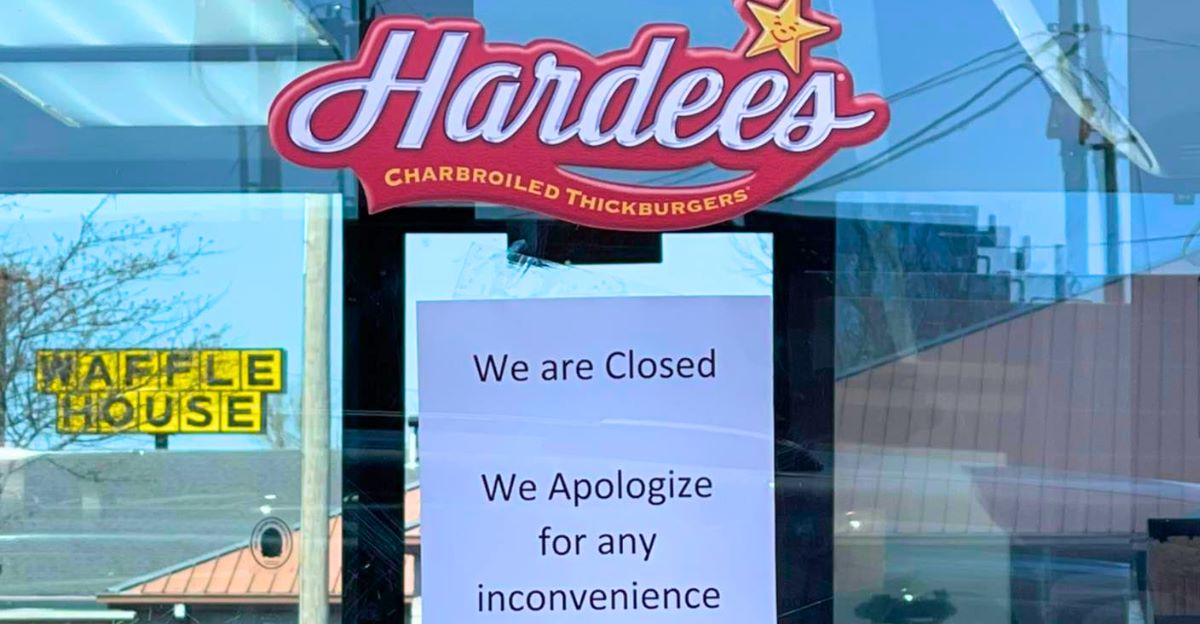
Hardee’s recent move to close 76 franchise restaurants that will not be open beyond 2 PM is more than a dispute about times of day. It’s a strategic move in a competitive fast-food market where consumer expectations have shifted.
While some franchisees cling to early closing times to conserve costs, Hardee’s insists on extended hours, 6 AM to 10 PM, to drive more revenue and simplify its brand. This confrontation discloses a deeper tension between corporate requirements of survival and development within a post-pandemic economy characterized by evolving consumer habits and virtual expectations. The costs are high, but this is the future of the brand.
The Business Logic Behind Longer Hours
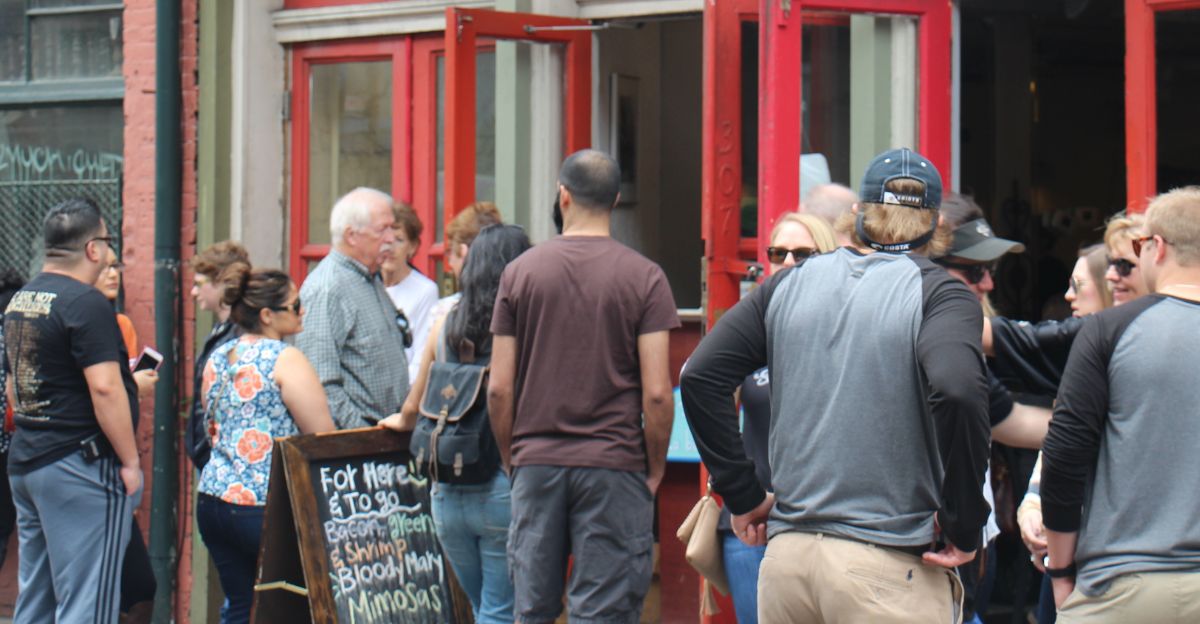
Hardee’s need for extended hours of operation is to maximize revenue potential. Closing at 2 p.m. removes high-volume late-afternoon and dinner sales critical to fast food’s multi-meal dayparts. Longer hours fuel more customer touchpoints and build brand loyalty through consistent availability.
Some franchisees’ refusal to stay open late instinctively dilutes Hardee’s competitive position versus giants McDonald’s and Burger King, which remain open well beyond evening hours. This is not corporate indulgence but a necessary reaction to consumer demand patterns and market realities.
Resistance by Franchisees and the Economics of Premature Closure

Resisting franchisees claim that economic viability depends on reduced hours through shortages of labor and profitability problems. Most claim that longer hours result in higher labor expense without guaranteed improvement in sales.
Paradigm Investment Group, a big franchisee, has openly criticized Hardee’s, citing over $200,000 in outstanding technology fees and billing fees not included in the original franchise contract.
Their case highlights conflict among traditional operational systems, corporate mandates instituted for size and modernization, and the conflict between keeping local economies versus brand-high standards.
The Psychological Effect on Customers and Brand Perception
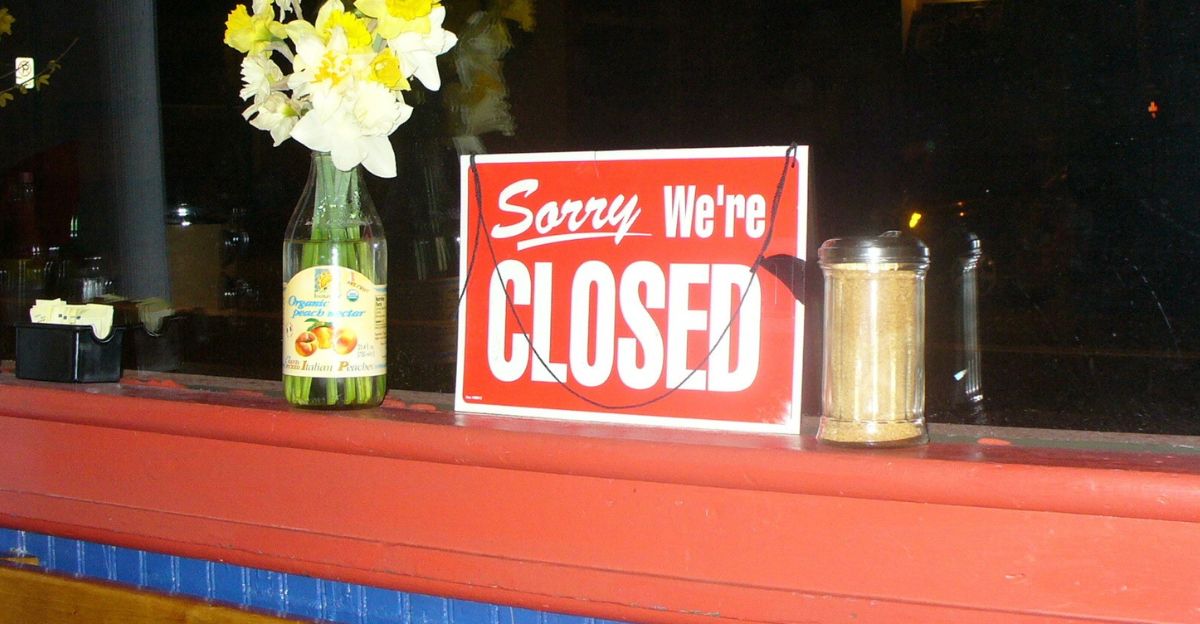
Psychologically, consistent hours of operation provide a feeling of dependability and trustworthiness, key components of customer loyalty. Early closures by some Hardee’s restaurants disrupt expectations, creating frustration and a sense of brand inconsistency.
In today’s fast-paced life, such unpredictability can be disadvantageous when shoppers seek convenience and predictability. Early closures reflect a feeling of unreliability that would drive loyal customers towards competitors with more reliable services.
Hardee’s initiatives towards standard hours are not just operational, but strategic. They intend to strengthen psychological ownership of consumer mindshare, establish brand equity, and prevent the fragmentation that spoils long-term customer relationships.
Operational Standards and Digital Transformation

Hardee’s initiatives towards longer hours align with the needs of digital transformation. Consumers today use online ordering, third-party delivery, and loyalty program features that require consistent and longer hours.
Franchisees resistant to these technologies or operating on limited hours can isolate themselves from critical customer touchpoints. Not only does this damage their profitability, but it also undermines the brand’s competitiveness on a large scale in a digital-first world.
Hardee’s insistence on technology incorporation and longer hours of operation is a proactive step towards future-proofing the business so that franchisees continue to align with shifting consumer expectations and industry standards that will contribute to long-term success.
Historical Lessons: When Brands Enforce Uniformity
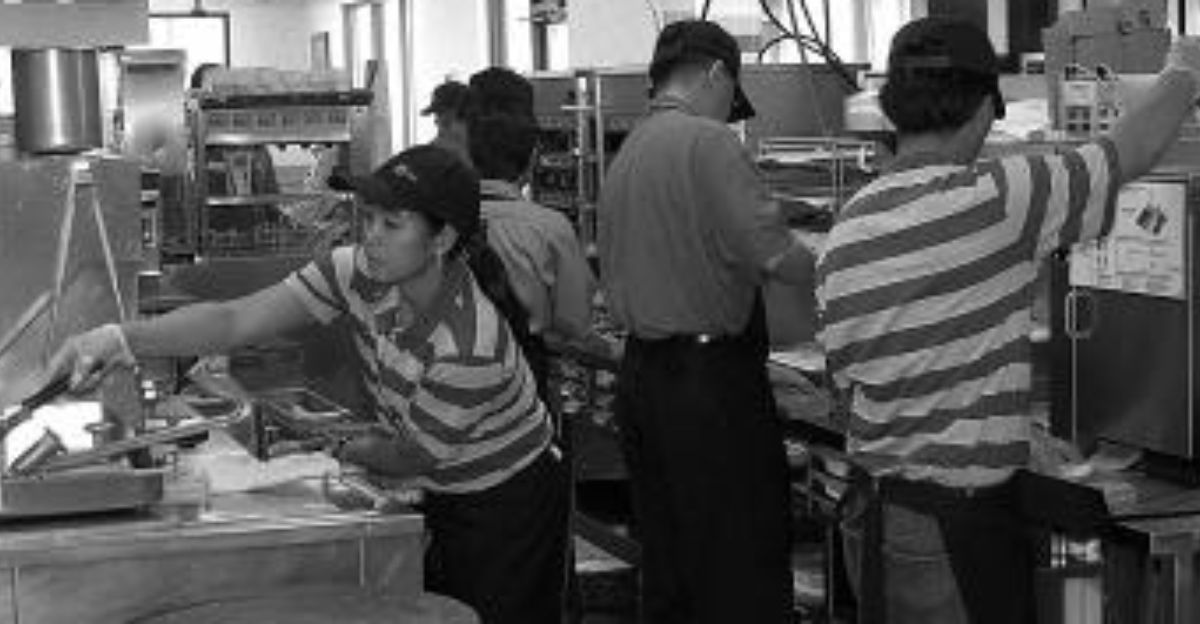
In the past, fast-food leaders McDonald’s and Subway have mandated strict operational norms to promote global uniformity, and this has been the secret of their successful scalability. Although franchisees initially resisted these rigorous standards, they eventually bought into them as the rewards, more robust brand recognition, customer trust, and higher profitability, became unequivocal.
Hardee’s is taking a cue by cracking down on mercurial hours and fragmented service models that erode the brand’s strength. While this discipline will cause near-term pain, it resonates with a time-proven strategy. In a hyper-competitive market, operational discipline is not an option; it’s necessary for long-term growth and survival.
Potential Second-Order Effects on Labor and Community
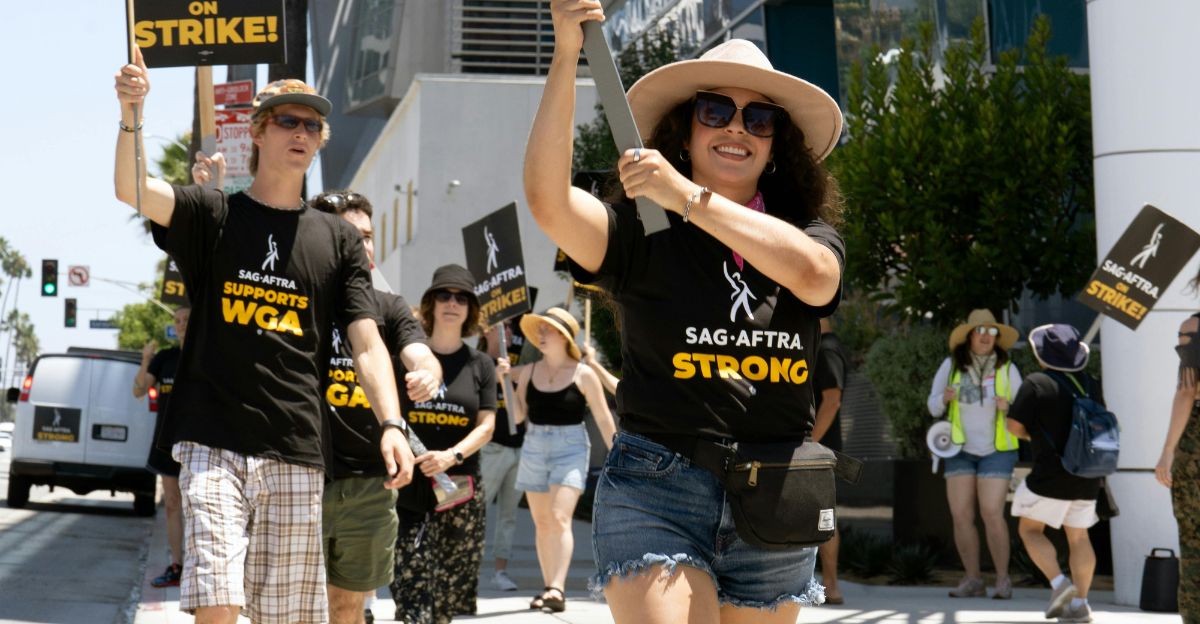
While extended hours strain labor resources in the near term, they also open up the potential for job creation and offer greater flexibility in scheduling shifts, attracting student workers, part-time workers, and others seeking non-traditional hours.
It can enable staffing a more diverse and larger workforce. The community also benefits from greater access to dining options, particularly in underserved or late-night areas where they are limited. On the other hand, early closures can detract from local economic activity and a brand’s community presence.
Hardee’s push for extended hours can catalyze innovation in workforce management, as franchisees redesign scheduling, staffing models, and employee engagement initiatives to adapt.
Can Shorter Hours Be a Competitive Advantage?

Others may argue that shorter, more focused hours could allow for a sense of exclusivity to develop and operations to be focused, enhancing service during peak times. While there is truth in this contrarian argument in most industries, fast food tends to miss the point, as the value proposition offered relies on convenience, speed, and broad availability.
Unlike fine dining, fast-food success depends much on being open whenever hunger strikes. Hardee’s resistance to early closing is an expression of this reality. By staying open longer, the brand reinforces its commitment to meeting customer needs and competing effectively in a business environment where presence often translates to loyalty.
The “Operational Consistency-Consumer Trust” Model

Hardee’s challenge illustrates a model whereby operational consistency directly correlates with consumer trust and brand equity. Hour deviations sever this relationship, resulting in brand dilution.
This model explains why Hardee’s is rigid: consistent hours are not just a matter of sales but also of maintaining a consistent brand promise. This model can educate other franchises with the same problem, clarifying that operational standards are strategic assets, not administrative policies.
Hardee’s Strategy as a Blueprint for Survival

Hardee’s choice to close non-compliant restaurants has an aggressive edge. Still, they must reinforce their brand and adapt to competitive factors at work in a changing marketplace. This decision is painful for some franchisees, but Hardee’s aims to address vulnerabilities revealed at a larger scale through the pandemic and accelerated digital disruption.
By dictating standard hours and operating practices, Hardee’s is not merely imposing rules, it is recoding its operating DNA to be viable for the long haul. The rewards increased digital readiness, uniform customer experience, and robust brand strength tower over short-term friction. It’s a wake-up call to all franchises: evolve with a purpose or risk irrelevance.
Discover more trending stories and Follow us to keep inspiration flowing to your feed!

Craving more home and lifestyle inspiration? Hit Follow to keep the creativity flowing, and let us know your thoughts in the comments below!
